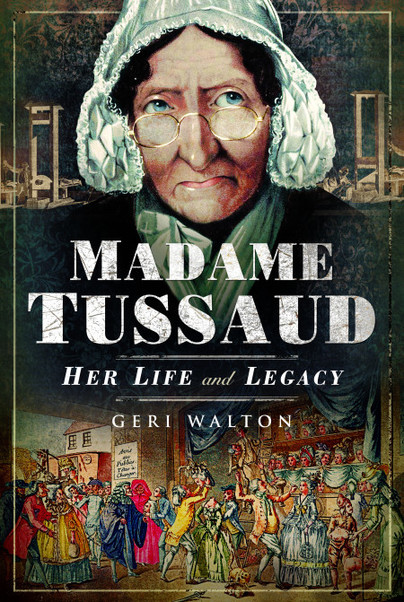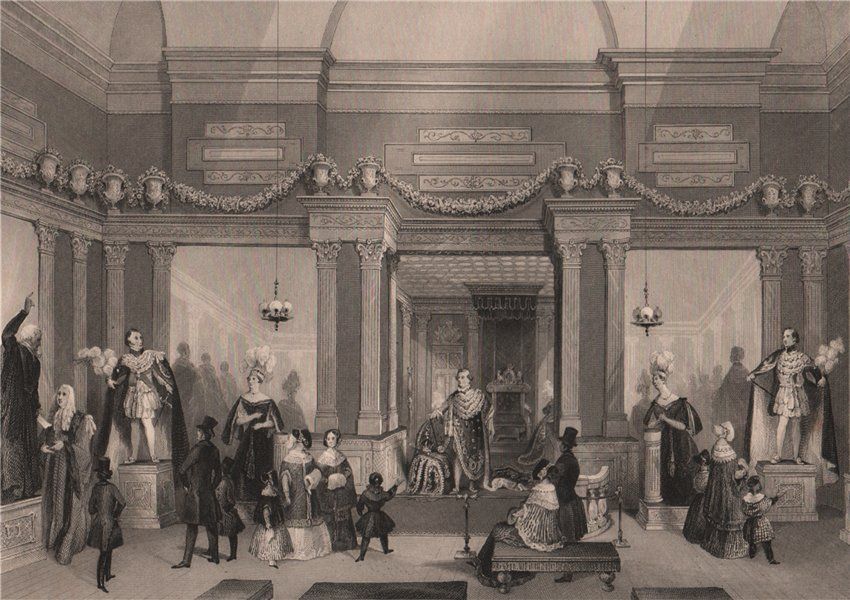
When I was in my early 20s, I found myself near the Pompidou Centre in Paris with time on my hands. I noticed on the concourse a large striped tent advertising a wax exhibition so I paid my franc and in I went. What a horrible surprise I got. The exhibition was full of wax models of dissected bodies, which was OK (-ish), and lots and lots of hideous medical conditions – skin eruptions, running sores, tumours, suppurating wounds – which was definitely not OK. I practically ran through the displays and staggered out the other end feeling really quite queasy but also not a little amused by my own naïvété. I had stumbled upon a 19th-century medical waxwork collection.
I thought of that little interlude, which took place getting on for 40 years ago, when I was reading Geri Walton’s explanation of why modelling in wax became so popular in the 18th century: it was because medical schools could not get their hands on bodies for dissection so their students explored anatomies made out of wax, which had the advantage of being easy to sculpt accurately and to colour, so parts of the body, which in real life might start decaying pretty soon after death and become indistinguishable, were easy to identify.
Wax was not just used for medical specimens. It was a highly fashionable medium for rendering still-lifes in relief, as well as profiles and life-size figures. It was regarded by some as a popular art. In England artists such as Catherine Andras were creating portraits of the Royal family.
Madame Tussaud, the grand-daughter of the town executioner, was born Anne Marie (known as Marie) Grosholtz in Strasbourg in 1761. After her father died, she had the good fortune to be apprenticed to her uncle, Dr Philippe Curtius, whose salon in the Boulevard du Temple in Paris featured wax figures of royals and aristocrats. Dr Curtius had first used wax to make medical models but found wax portraits much more lucrative.
Through Curtius, who was a bit of a radical, she met many of the leading figures of the age: Rousseau, Robespierre, the Duc d’Orléans, Benjamin Franklin, and Voltaire, whose head became Marie’s first subject. She also encountered the royal family. At the age of 18, she was appointed to tutor Louis XVI’s youngest sister Elisabeth in the genteel art of making wax figurines.
France was on the cusp of revolution, and Marie Grosholtz must have learned quickly how to cut her cloth. What she actually did during the Revolution is not altogether clear, not least because the memoirs she wrote many years later were, to say the least, unreliable. One of her many talents was as a storyteller and it is thought likely that quite a few of the claims she made were pure fiction. Geri Walton has had a job untangling the truth. One thing is certain. She did make an awful lot of wax models of heads, many of them severed. The unfortunate Princess de Lamballe (the subject of a previous book by Geri Walton), who was murdered by a mob, was one.
According to her memoirs, Marie Grosholtz was arrested as a Royalist sympathiser and prepared for the guillotine but released and ordered to make death masks of Louis XVI, Marie Antoinette, Marat and Robespierre.
After Curtius died in 1794 leaving her his business, Marie married François Tussaud, a rather useless civil engineer given to gambling, with whom she produced two sons. At one point, while Marie remained in Paris, François took a travelling show called Curtius’s Grand Cabinet of Curiosities, a mixed bag of paintings, engravings, sculptures, figures made of rice paste and wax busts of the French royal family, to Cheshire, Cambridge, Norwich, Birmingham and London. Marie, meanwhile, managed to stay in with the new regime, making models of many in Napoleon’s circle, including his wife Josephine.
In 1802 with France in economic meltdown and the business she inherited from Curtius in peril, Tussaud made the decision to leave for England. She teamed up with the Phantasmagorist Paul Philidor and after travelling extensively in Scotland, Ireland and Wales, ended up in London where her wax exhibition, including French royals’ death heads and Napoleon, was shown on the first floor of the Lyceum theatre.
Tussaud was not only a skilled modeller, she was an astute businesswoman. She quickly discerned that murderers pulled in the biggest crowds, so her figures of Eugene Aram (hanged in 1759 15 years after his crime), the murderers Burke and Hare and William Corder (executed for killing Maria Marten in the so-called Red Barn Murder) were the beginnings of the famous Tussaud Chamber of Horrors. The cast Tussaud took of Edward Despard, the would-be assassin of George III, who was hanged and then decapitated, was her first severed head after leaving France.
Madame Tussaud was brilliant at marketing, varying her ticket prices according to local conditions and selling catalogues of her shows. She changed her figures regularly and learned that she could model people accurately without making a death mask or from a live subject. Over time she built up enough ‘reach’ to give up touring. Like Curtius in Paris, her displays were so popular that people would seek them out. She chose a site in Baker Street conveniently near the railway station (it moved to Marylebone Road later in the century). When she died at the age of 88 in London, never having returned to France, she had built the foundation of the international business Tussaud’s is today.

Madame Tussaud managed to leave an astonishing legacy of affection for wax figures. To appreciate her skill all you have to do is visit a bad one. There you might find, as I did in Barcelona some years ago, wonky representations of President Kennedy and Marilyn Monroe as well as a selection of grisly wax bodies tortured by the Inquisition (a form of anatomical modelling, I suppose).
Geri Walton’s book includes a great deal of background information, and there are interesting diversions into the stories of people who crossed Madame Tussaud’s path. Overall the book is thorough and detailed. I particularly liked the vivid passages about how the wax death (and life) masks were made and the descriptions of Paris awash with the blood of the guillotined. In the end, though, it is the personality of this extravert, exaggerating, generous and talented woman that comes through.
Madame Tussaud: Her Life and Legacy
Geri Walton
Pen & Sword (2019)

Leave a Reply